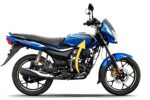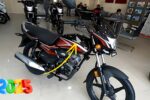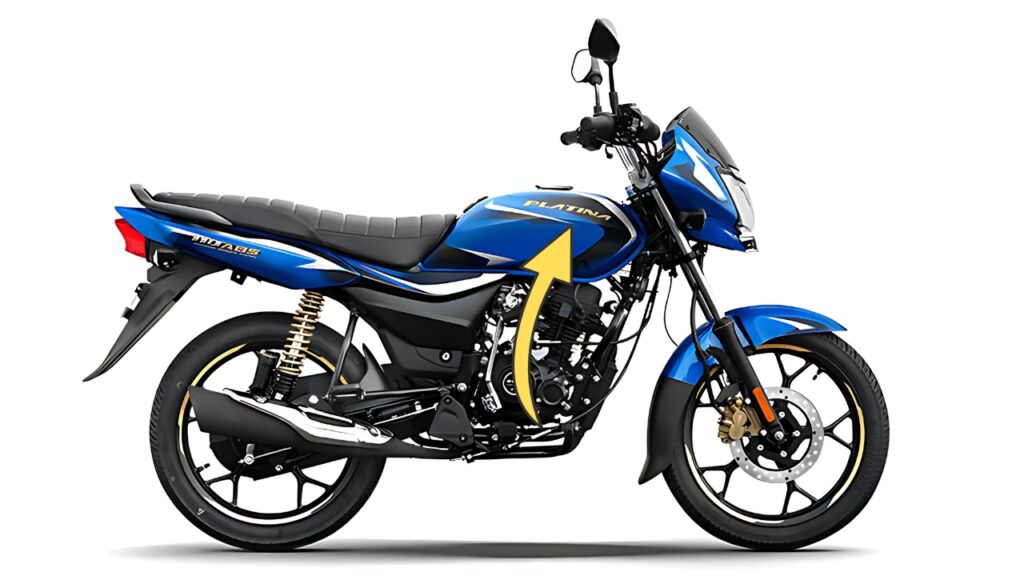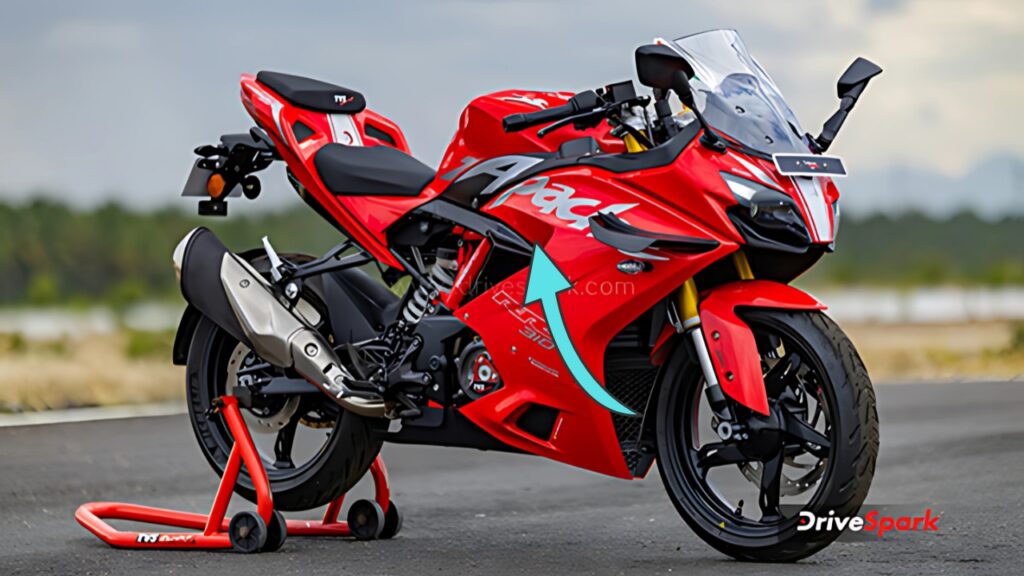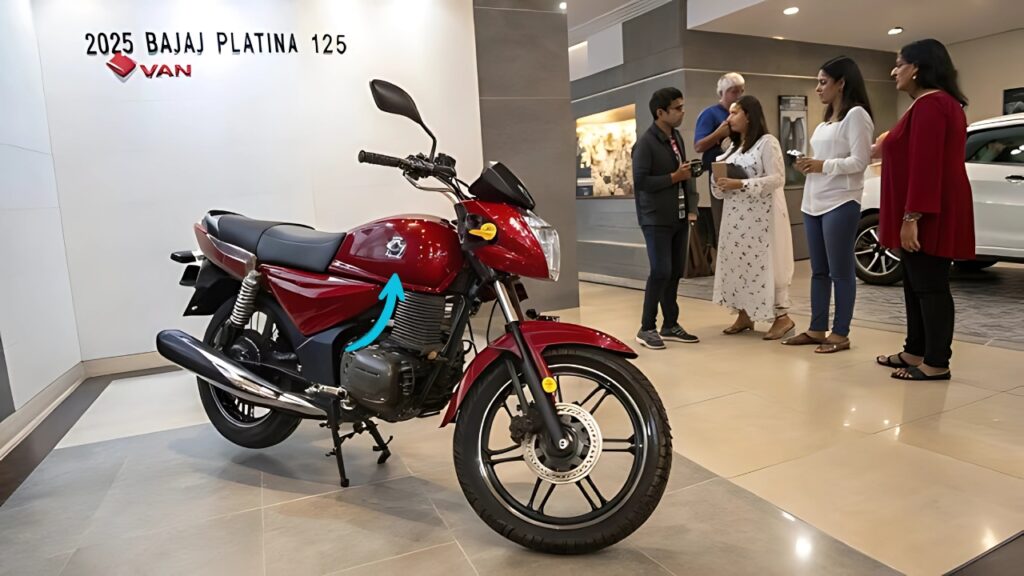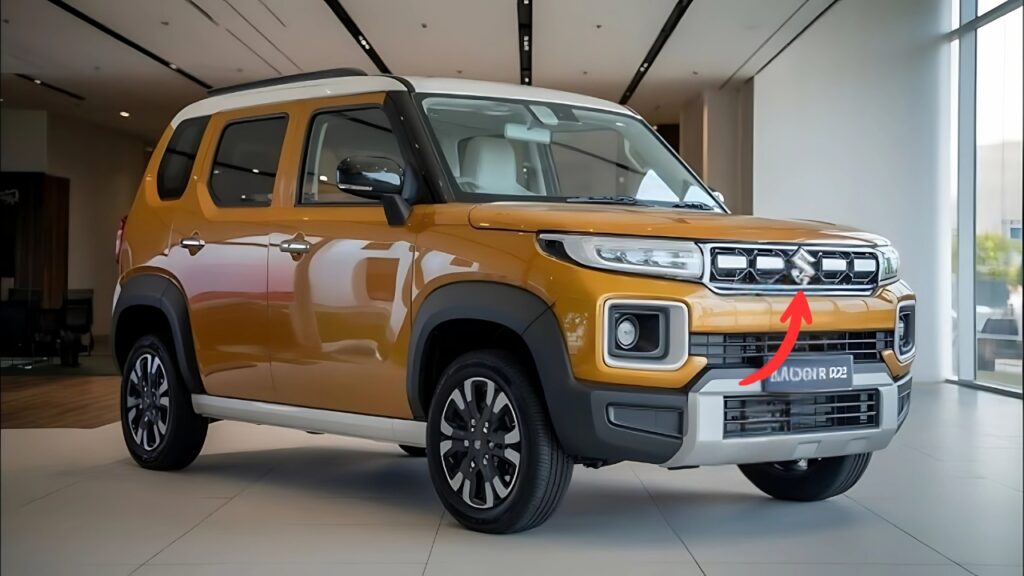Tata Sumo: The streets of small-town India are soon to be graced by an old friend. Tata Motors has announced the return of the legendary Sumo SUV, almost a half decade after bidding adieu to one of its most famous nameplates.
The news has caused waves of ex- citement in the vehicle’s rural heartlands, where the original car made its name for indestructibility and in the big cities, where a new generation of buyers are looking for real alternatives to identikit crossovers.
Table of Contents
Tata Sumo: The People’s Champion Returns
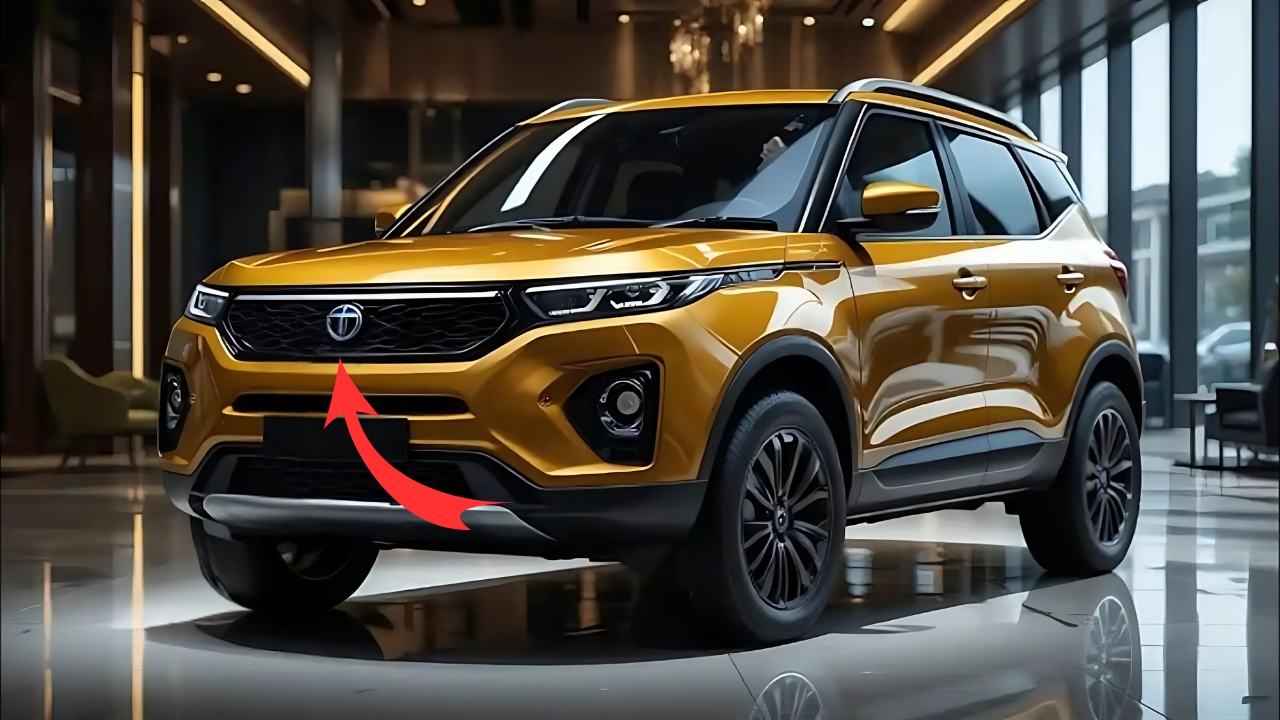
Tata Sumo Tata Motors executives lifted the wraps off a near-production prototype of what they are calling “the spiritual successor of India’s favorite people mover” at the automaker’s Pune headquarters on a rainy Tuesday morning.
The timing is nothing if not strategic — at a time when the world’s automakers are prioritizing form over function, Tata has found a market that has an increasing interest in cars that provide actual utility yet do not neglect modern necessities.
“We were hearing it time and again at every auto expo and dealer meet – ‘when are you bringing back the Sumo?’ Shailesh Chandra, President, Passenger Vehicles Business Unit, Tata Motors who feels that this is the just the beginning and they look forward to continually revolutionizing Indian mobility. “
The ongoing demand told us there’s still big room in the market for a car that focuses on practicality yet ticks all the boxes in terms of current design and a plethora of inclusions.”
Launched in 1994 with a name that honours former Tata Sons chairman Sumant Moolgaokar (‘Sumo’ was his moniker during his college days as an outstanding wrestler), the erstwhile vehicle swiftly became synonymous with the word reliability, especially during times of adversity on the Indian roads.
From shuttling pilgrims to remote temples to doubling as makeshift ambulances in places with little infrastructure, the boxy S.U.V. became indelible to India’s mobility landscape.
Reimagining an Icon
Tata’s design team faced a considerable challenge: how to pay homage to the early model’s utilitarian ethos while offering something that could appeal anew to modern design-conscious buyers. The findings indicate they’ve struck that fine balance.
Our new Sumo keeps the chunky, boxy profile that made its predecessor so instantly discernible, but with rounded edges and much more cohesive proportions.
The front also showcases Tata’s current design language with split headlights and LED DRLs and a large grille with tri-arrow patterns.
The hood is still close to dead flat – as per the original – but with new, so called power bulges, to add some visual muscle.
“We didn’t want to be another of those boring, generic curved crossovers,” said Pratap Bose, who leads Tata’s design division. “The new Sumo isn’t shy about its boxiness. This is a shape people can connect with.”
From the side profile short overhangs and a near vertical tailgate – what might be called practical design features that liberate cabin space.
The flared wheel arches that house 18-inch wheels give it a touch of aggression, and roof rails are not just for show but are rated to carry real cargo loads.
The rear also blends functionality and contemporary design, with vertically-stacking LED tail-lights surrounding a side-hinged tailgate, another functional design carryover from the original.
Interior: Useful and Classy
Walking in, the tie to the first Sumo, is less immediate, but more a question of philosophy. Where the first-generation vehicle was typified by Spartan plastics and the bear basics, the new model gets a thoroughly modern cabin without leaving the pragmatics on the cutting room floor.
The dash features a horizontal theme and is anchored by a 10.25-inch floating touchscreen, though physical controls are still used for key functions — a nod to a vehicle that will often go where filthy hands and rough conditions are par for the course.
Analog gauges are complemented by a 7-inch digital display in the instrument cluster, offering traditional dependability with a modern approach to information.
Seating arrangements are a testimony to Tata knowing exactly how these vehicles are going to be put to use.
The base version comes with a seating layout for eight persons with three rows of seats in a 2+3+3 arrangment.
The higher trims offer the choice of captain seats in the second row. VITAL STATS: The third row, crucially, isn’t an afterthought but suitable for adult occupants, with a stadium-style position that offers both visibility and comfort.
“We’ve researched how families and villages really use these vehicles – from weekend pilgrimages to wedding parades,” adds the interior design lead.
“The seating is designed to be comfortable for multi-generational families – not the pseudo sporty seating some SUVs offer today.”
Traditionalist vs. Futurist Powertrains Powertrains That Balance Tradition and Progress
Read: The Campfire-Ready Vehicles We Want: New Options and Upgrades on Old Standards Under the hood, the updated Sumo makes choices that answer to changing times while respecting what the vehicle grew out of: a boss work horse.
At its base is Tata’s reliable 2.2-liter Revotorq diesel developing 160 horsepower and 400 Nm of torque. This can also be mated with a 6-speed manual or 6-speed torque converter automatic.
Even more stunning is a new 1.5-liter turbocharged petrol engine, featuring mild hybrid assistance and producing 150 horses and 280 Nm.
The rear-wheel drive is standard with only selected models offering four-wheel drive – a necessary inclusion for Sumo’s go-anywhere appeal.
Its ladder frame chassis structure – becoming more and more unusual today in a crossover-focused market – has been greatly modernised.
Weight-saving, high-strength-steel components enhance crash protection while also helping to reduce body weight, and the suspension uses a front independent layout and a rear multi-link setup that provide load-bearing capability and ride comfort, respectively.
The ground clearance is also good, which at 205mm, along with approach and departure angles of 28 degrees and 26 degrees, respectively, it means that the Duster can also tackle some punishing terrain if it comes down to that.
500mm water wading height is effective in dealing with monsoon situation seen by Indian vehicle users many times.
Understanding Technology Integration
Technology spec-sheet items were not included just to be included. The infotainment system has wireless Apple CarPlay and Android Auto, while it has the capability for connected car technology, for remote monitoring – a useful a feature for fleet owners or family members keeping track of relatives when they’re out on a long drive.
Safety gear includes six airbags, electronic stability control, hill descent control and a tire pressure monitor.
The 360-degree camera system is invaluable, not only for urban parking, but also for negotiating tight village lanes where traditional mirrors can overlook obstacles behind.
A rather intelligent touch is the built-in inverter system, which can power other devices from the vehicle — pumping out water during floods, to music systems during a jalsa, it’s a nod to the Sumo’s use case as not only a mode of transportation, but a resource to the community.
Tata Sumo: Market Positioning and Time Line
Tata Sumo PRICED between ₹ 9.99 lakh and ₹ 15.50 lakh (ex-showroom), the new Sumo slots in between the compact mainstream SUVs and the large, premium ones.
This pricing strategy, also takes into account the practical reasonableness of owning a Pulsar for those in rural and semi-urban markets, and a unique option for city buyers from the monotonous offerings in the market.
Productions at Tata’s Pune plant will start in third quarter, and the car would be rolled out across the country before the Diwali festival – one of the busiest season for vehicle sales in India.
For a country where cars are sold as much for emotional reasons, as for practical necessities, the comeback of the Sumo isn’t just another dart at the dartboard.
It is the homecoming of a vehicle that, for a vast number of Indians, was the first thing they understood as an expression of motorized mobility — except it has been long redesigned for modern roads without undermining the tenets that made it an icon in the first place.
